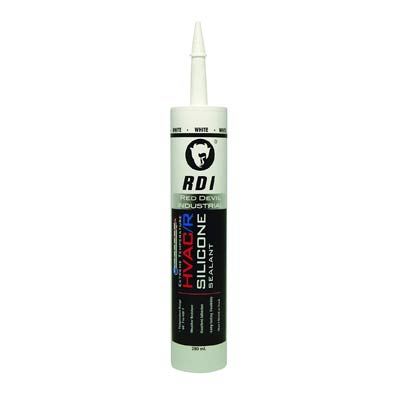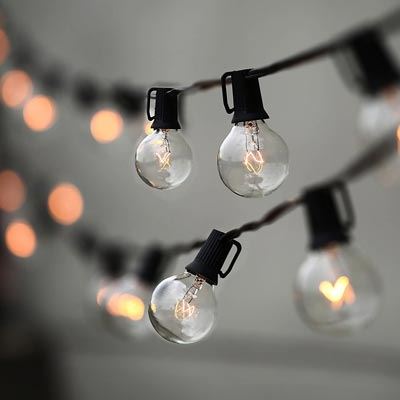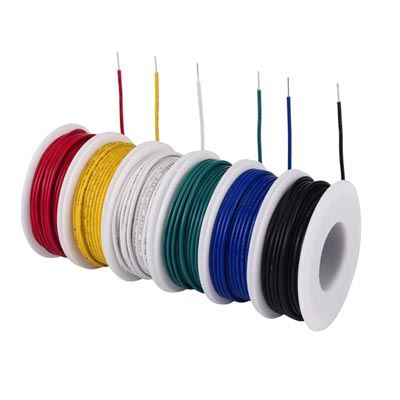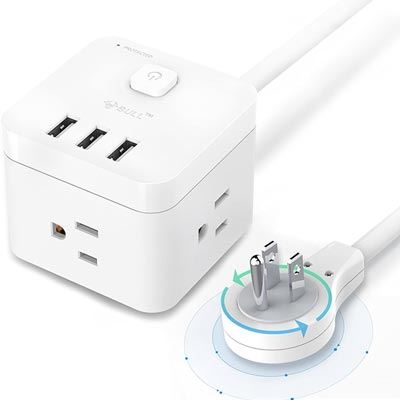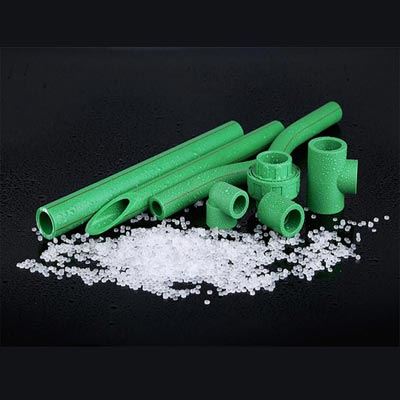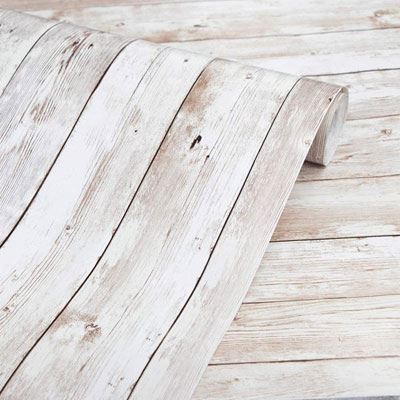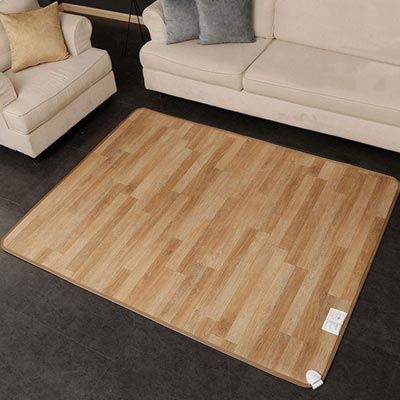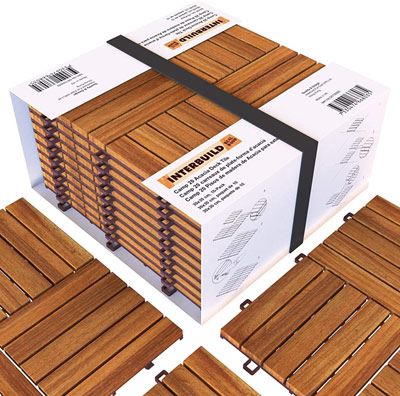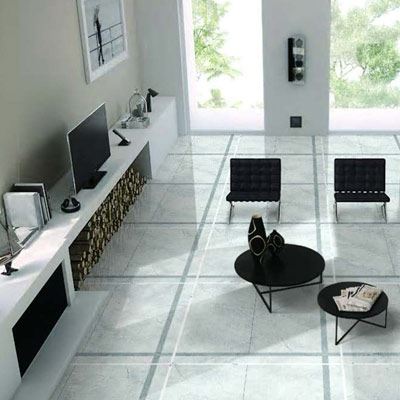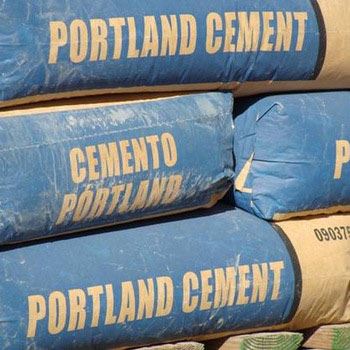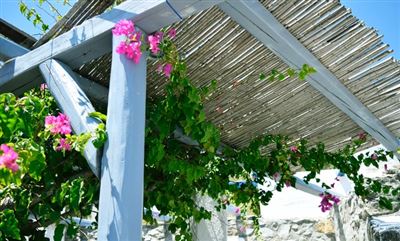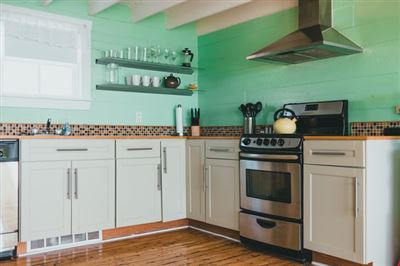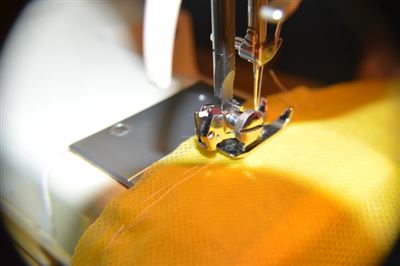
The purchase of home improvement stone should be considered from the following aspects.
1. The standard of stone classification
According to the level of radioactivity, stone is divided into three categories: A, B, and C. According to regulations, only category A can be used for home interior decoration. There are mainly two types of stone: marble and granite. The radioactivity of marble is generally lower than that of granite, and most of it can be used for interior decoration, while granite should not be used in large quantities indoors, especially in bedrooms, elderly rooms, and children's rooms. According to the test, the radioactivity of different colors of stone will be different, the highest is red and green, and white and black are the lowest.
2. Observe the structure of the stone
Generally speaking, a stone with a uniform and fine structure has a delicate texture and is a good product of stone; Coarse-grained and unequal-grained stones have poor appearance, uneven mechanical properties, and poor quality. In addition, natural stone often produces fine veins and micro-cracks due to the effect of its texture. The stone is most likely to break along these parts and should be removed. As for the lack of edges and corners, it affects the appearance, so special attention should be paid when choosing.
3. Take measures to dilute pollution after laying
The harmful hydrogen has a half-life of only 3 days, and the indoor radon concentration can drop to outdoor levels 20 to 30 minutes after opening doors and windows. Therefore, the easiest way is to strengthen ventilation. It is best to test the newly renovated room. If the test structure is unqualified, radiation-reducing paint can be used to prevent the release of oxygen from the building materials. If the radioactivity index is too high, the stone must be replaced immediately.
4. Sign a contract and invoice when purchasing

Contracts and invoices are important guarantees for the protection of consumers' rights. Consumers should require the seller to specify the name, specification, grade, quantity, and price of the product in the contract, and require that the standard be used for testing. It is best to ask the seller to provide a certificate of product qualification, an inspection report recognized by the relevant department, or a product radioactivity certificate. If conditions permit, it is best to send samples to the testing department for testing. At present, the so-called "international A-level" and "super-grade" stone materials appearing on the market are a way of misleading consumers by some manufacturers. Consumers should pay special attention to precautions.
5. Identify the quality of stone
Knock the stone with your hands, the quality is good, the inside is dense and uniform and there is no micro-cracks, and the knocking sound is clear and pleasant; On the contrary, if there are microscopic cracks, fine veins or loose contact between particles due to weathering, the knocking sound will be rough and dull. In addition, you can also drop a small drop of ink on the back of the stone. If the ink quickly disperses and leaches, it means that the internal particles of the stone are loose or there are microscopic cracks, and the quality of the stone is not good; otherwise, if the ink drops are not in place Moving, it shows that the stone is dense in texture.
TIPS decoration tips The quality of natural stone depends on the quality and processing technology of the blocks. The surface of high-quality stone does not contain too many variegated colors, the color is uniform, and there is no flickering or thickening. After processing, there will be many "defects" that cannot be covered by the inferior stone. Therefore, the surface of the stone Pattern tone is an important indicator to evaluate the quality of stone.
